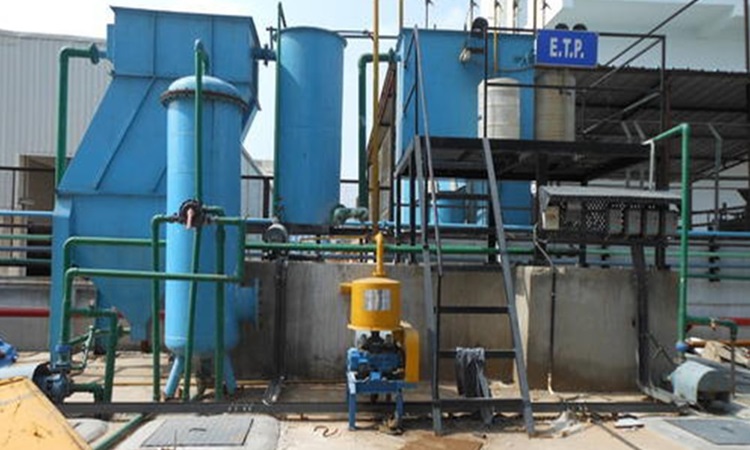What is Effluent Treatment Plant Process

Effluent Treatment Plant Working Process
Effluent Treatment Plant is the process of collecting, conveying, treating, and disposing of effluents from industrial estates. This concept of Common Effluent Treatment Plant (CETP) helps small as well as medium-scale industries discard or dispose of their effluents. ETP Plant had been mounted and are in operation at several business clusters in India. They serve to lower effluent treatment expenses, offer higher collective treatment, and decrease land expenses for small-scale business centers that can’t have enough money for a man or woman treatment plants. However, the pollution that we see in today’s world will be increasing day by day.
Types of methods used in Common Effluent Treatment Plant.
CETP Plant can be installing as a mixed effluent plant so that it can deal with all of the distinctive forms of wastewater from the industries located in the estate, through the usage of numerous methods/steps withinside the CETP which can be available. These include :
- Sludge Management
- Preliminary Treatment
- Primary Treatment
- Secondary Treatment
- Tertiary Treatment
Advantages of Common Effluent Treatment Plant (CETP).
- CETP can illustrate consistency in the system’s capacity to predict the treatment values acquired inside the future by the system.
- The CETP is saing to be extra dependable while the values of pollution inside the effluent treated via way of means of the plant meet the set discharge standards extra often as in comparison to the ones of a CETP that regularly exceeds the standards.
- CETP is very helpful to predict the nature of a CETP inside the future and can help in placing a threshold value for a given parameter.
- Operating Costs are lessor associating with the addition of chemicals.
- Continuous seeding of microorganisms confirms higher control over the quality of the wastewater.
Reliability & Characteristics of having CETP:
• Securing sufficient land for personal treatment plants can be difficult to ensure.
• The contribution of nutrients and dilution potential makes complex commercial waste easier to break down.
• Neutralization & equalization of heterogeneous waste make its process of treatment techno-economically viable.
• A professional and educated workforce can be made available for the operation of CETP which is not possible in the case of personal plants.
• The disposal of treated wastewater & sludge will become more organized.
• Lessening the load of various government regulations in ensuring compliance with pollution control standards.
Types of Effluent Treatment Plant:
Homogenous – When the numerous industries with inside the estate are similar.
Heterogeneous – When numerous industries produce different products, because of which the status of the wastewater differs.
Since it becomes tough to categorize the characteristics of the wastewater because of the different industries involved, a heterogeneous form of CETP will become a greater option.
Conclusion
Having a CETP is a handy choice for all of the industries in an estate. However, it’s best to perform a survey of the quality and amount of the wastewater producing so that the maximum appropriate system may be implementing.